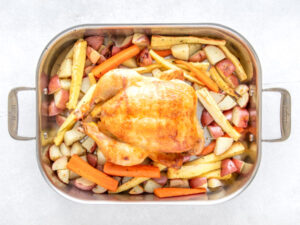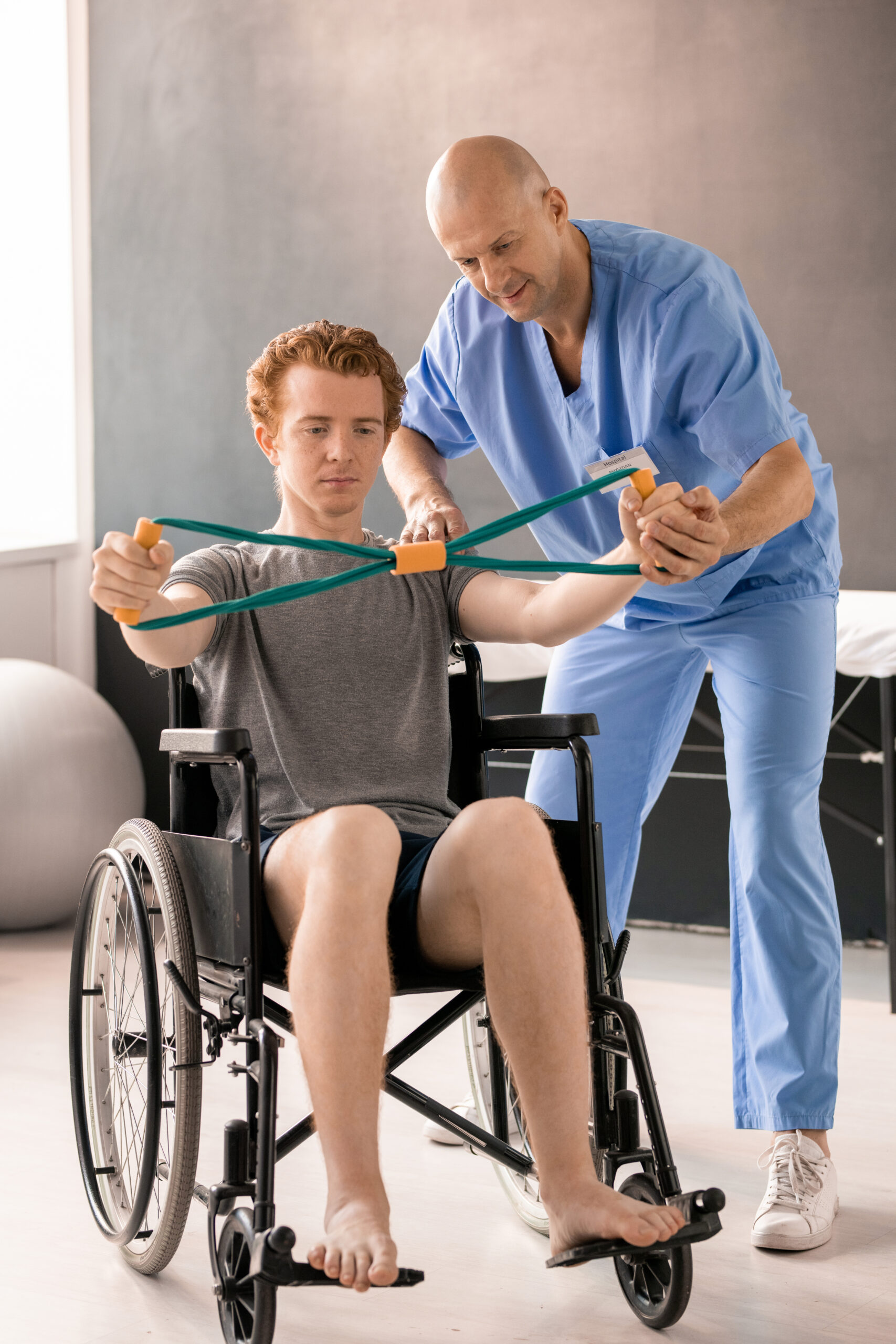Dec 3 International Day of Persons with Disability
Today, the world population is over 7 billion people and more than one billion people, or approximately 15 per cent of the world’s population, live with some form of disability; 80 per cent live in developing countries. A disability is a condition or function judged to be significantly impaired relative to the usual standard of an individual of their group. The term is often used to refer to individual functioning, including physical impairment, sensory impairment, cognitive impairment, intellectual impairment, and various types of chronic disease.
- About 46% of older people aged 60 years and over are people with disabilities.
- One in every five women is likely to experience disability in her life, while one in every ten children is a child with a disability.
Evidence and experience show that when barriers to their inclusion are removed and persons with disabilities are empowered to participate fully in societal life, their entire community benefits. Barriers faced by persons with disabilities are, therefore, a detriment to society as a whole, and accessibility is necessary to achieve progress and development for all.
This is why Bio Ability was developed. Bio Ability values include Adaptation, Acceptance, Inclusivity, Opportunity and Exceptional Athletics, Fitness, Recreation, Health.
Physical Activity for People with Disability
According to the CDC, 6 IN 10 Adults in the US have a chronic disease while 4 in 10 have two or more. Lack of exercise is one of the key lifestyle risks for chronic disease. Many adults with disabilities and chronic health conditions can participate in regular physical activity; however, it’s important to consult with a healthcare professional or physical activity specialist (for example, physical therapist or personal trainer) to understand how your disability or health condition affects your ability to safely do physical activity.
If you have a disability and want to make physical activity part of your daily routine, then Bio Ability’s Adaptive Fitness program is for you. What is adaptive fitness? It is specialized training for individuals with physical disabilities that focuses on overall strength, health, and fitness goals. The program uses a variety of modalities to promote muscle strength and endurance, and cardiovascular endurance. Services can be provided one-on-one or in small groups. All exercises will be modified based on individual abilities and goals. Adaptive fitness is NOT physical therapy, but our trainers can work closely with your physical therapist on your training plan. Contact us to schedule a consultation.
What’s happening?
Adaptive Gymnastics
We continue to offer adaptive gymnastics and are continuing to enroll so if you are interested, please don’t hesitate to contact us. While we don’t have an opening date for Bio Ability we continue to offer some limited services at Bio Gymnastics or other services outside the facility. Contact us if you have a need and we will work out the time and place.
Staff Spotlight
Julia Price is our staff spotlight this month. She is the lead for our adaptive gymnastics program. She has been coaching gymnastics for 10 years and adaptive for about 7. She works with individuals with a wide range of ages and abilities. She has a knack for meeting each individual where they are and working with them to help them achieve their goals big or small. She is a bright shining star at Bio Ability and we appreciate all she does.
Exercise of the Month: Wheelchair Exercises
There are many ways that people with mobility restrictions, such as using a wheelchair or living with limb amputation, can adapt exercise to stay physically fit. You can work your entire body from a chair or your wheelchair. Remember to always sit straight in your chair. Start with no weight and slowly increase weight or repetitions but not both at the same time. For all exercises do the following: take a deep breath, exhale while you complete the repetition, inhale as you return to start position.
Here is a sampling of exercises you can do:
Arm Curl: Start by holding one dumbbell in each hand wrists facing up resting them on your lap. Curl the dumbbells to your shoulders. Relax and return to the starting position to complete one repetition.
Overhead Press: Start by holding the dumbbells just above your shoulder with your wrists facing forward. Your forearms and elbows should point straight down toward the floor. Press to the ceiling. Relax and return to the starting position to complete one repetition.
Front Arm Raise: Start by holding the dumbbells down at your sides with your wrists facing behind you. Raise your arms up in front of you until they are parallel to the ground. Lower returning to your starting position to complete one repetition.
Knee Lifts: While seated, raise one leg as high as you can keeping your knee bent. Lower returning your foot to the floor and raise the other. Alternate to complete one repetition.
Click below for a fun online example of a wheelchair workout. Please consult your physician before starting any exercise program.
Wheel Chair Fitness Exercise Fat Burner Workout! | Sit and Get Fit! – YouTube
Contact Bio Ability for a consultation for Adaptive Fitness if you would like a workout designed just for you!
Recipe of the Month: Greek Roasted Chicken and Vegetables Recipe (eatright.org)

Ingredients
1 whole chicken
6 red potatoes, scrubbed (peel on)
2 carrots, peeled and sliced in half lengthwise
2 parsnips, peeled and sliced in half lengthwise
1 tablespoon extra-virgin olive oil
2 tablespoons Greek seasoning
Directions
- Preheat oven to 400ºF. Coat the roasting pan with the cooking spray. Place the chicken in the pan.
- Toss the potatoes, carrots, and parsnips with the olive oil, and then place them in the roasting pan around the chicken. Sprinkle the chicken and vegetables with Greek seasoning.
- Bake for 10 minutes and then lower the heat to 350ºF.
- Continue to bake until the chicken temperature is 165ºF (test with cooking thermometer near chicken thigh), approximately 45 minutes to 1 hour.
- Baste the chicken and vegetables at least twice with the cooking juices. Remove and discard the chicken skin. Serve hot.
To intensify the flavor, sprinkle 1 tablespoon of Greek seasoning inside the chicken.

